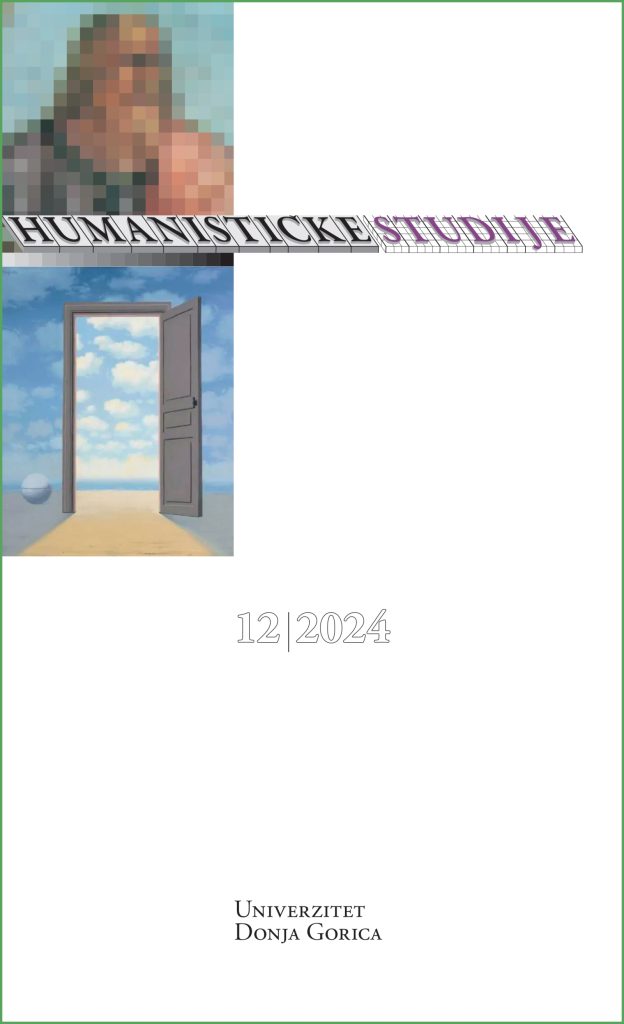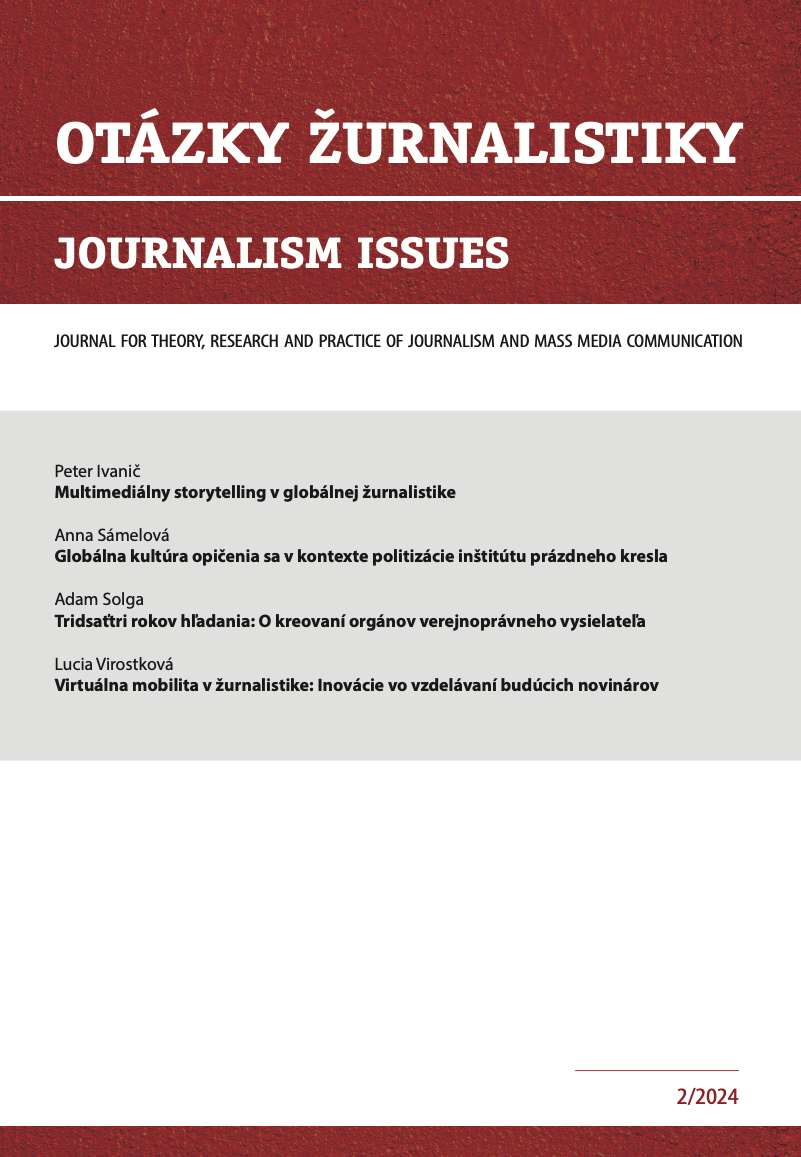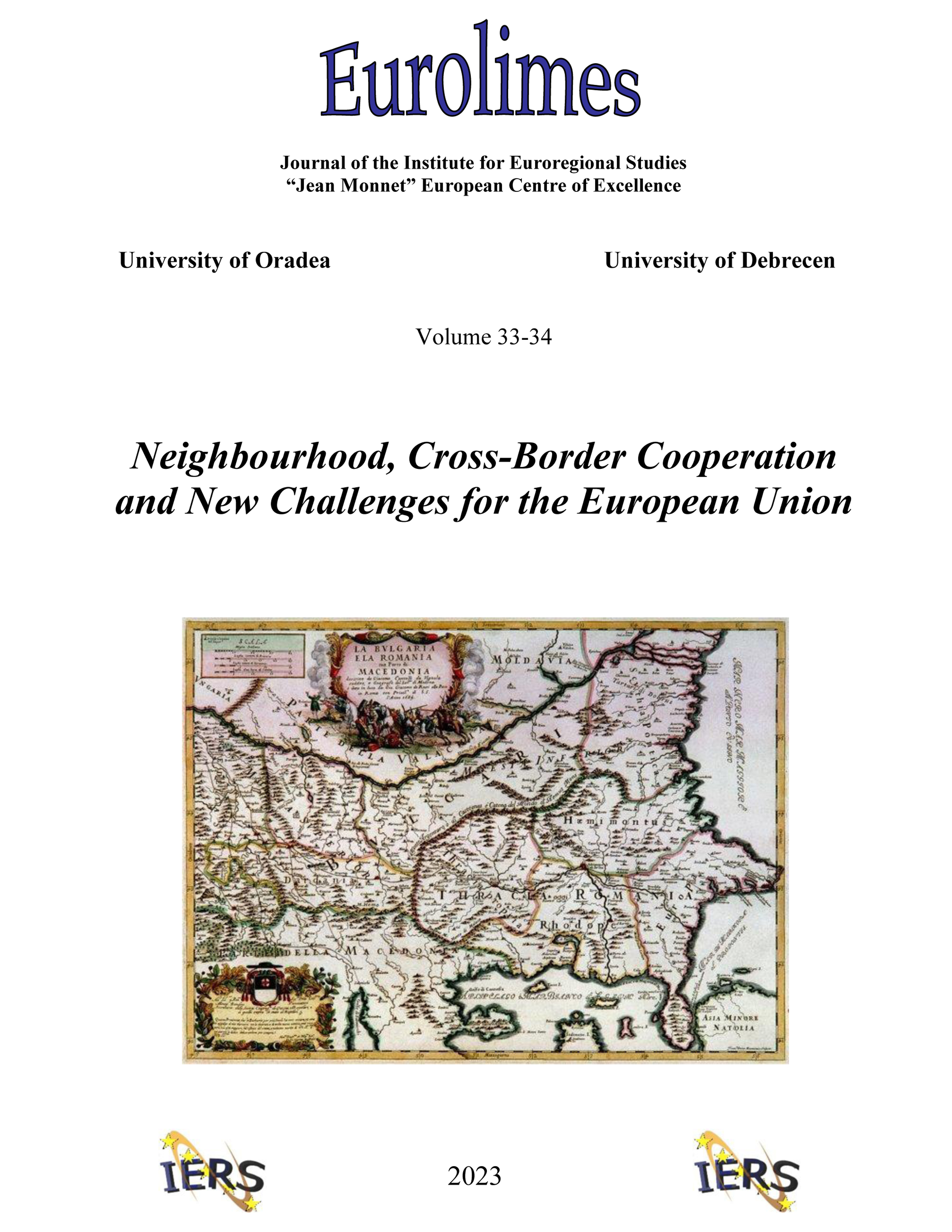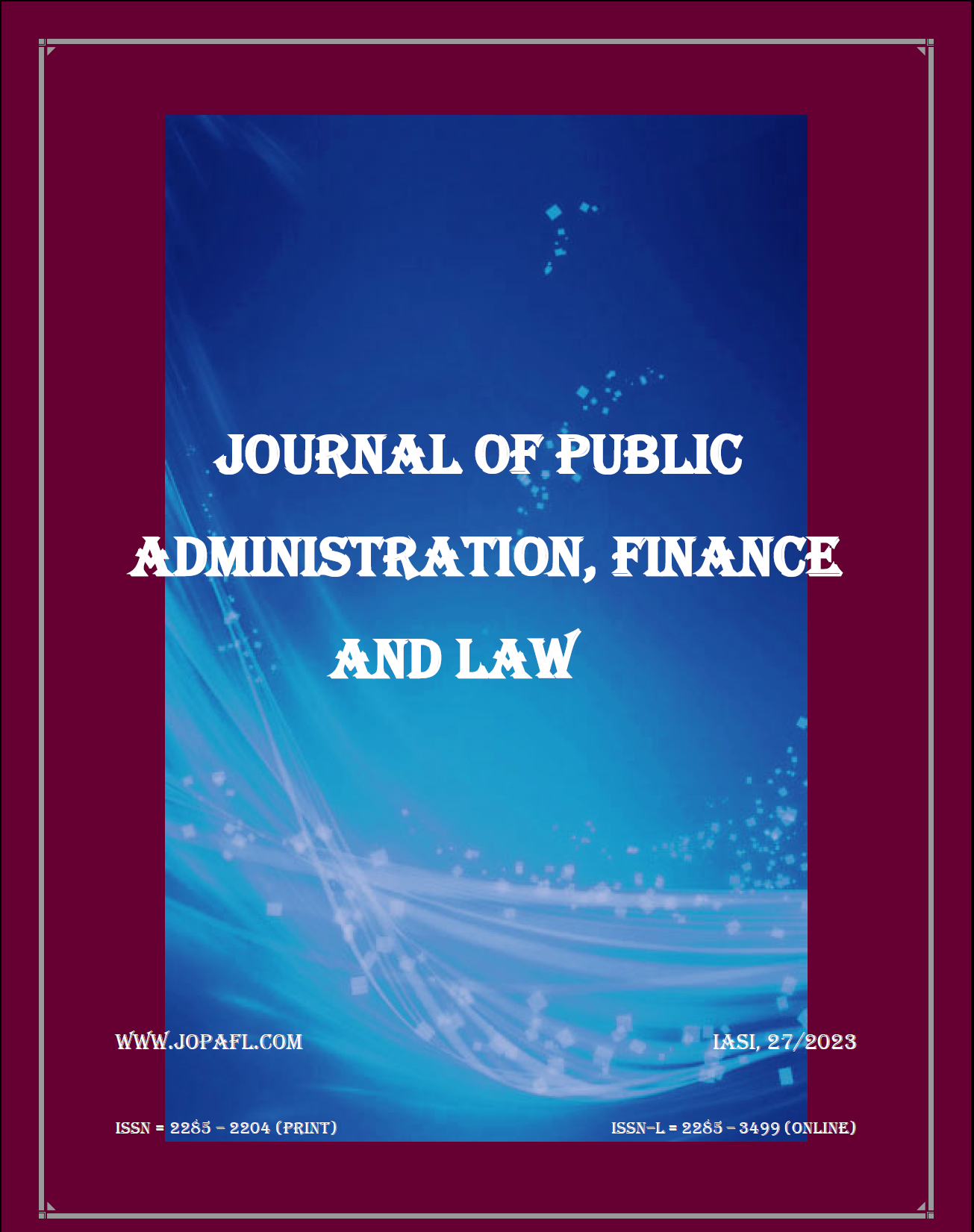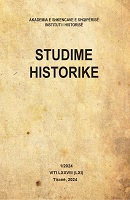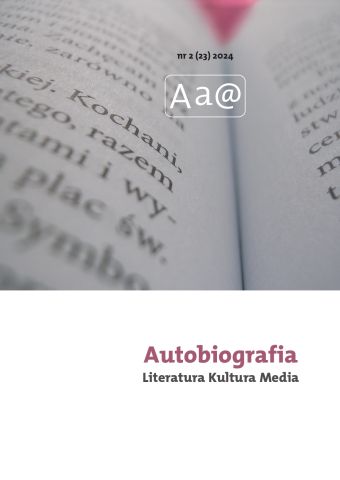Author(s): Everardo Reyes / Language(s): English
Issue: 1/2025
This article explores the vivid field of generative media, focusing on the production and semiotic analysis of texts. It uses the broad definition of “text,” which encompasses written, visual, and interactive forms, and examines how generative media redefines the roles of content creators and tools. Utilizing Roman Jakobson’s communication model, the article highlights the dynamic decision-making process in text production, whether by human or AI. The paper offers a historical review which traces generative media from early computer art in the 1960s, through the advent of digital design tools in the 1980s and 1990s, to contemporary AI techniques like GANs and diffusion models. It identifies the key properties of generative media: synthetic, dynamic, digital, combinatorial, and agentic. The discussion also addresses the shift from unnoticed AI assistance in early tools to the inadvertently AI-generated content in today’s media landscape. The last part of the paper categorizes generative media interfaces into three types: conversational, web UI, and visual programming interfaces, analyzing their semiotic implications. It suggests that understanding these tools requires recognizing their layered technical components and the evolving user experience from magic-like simplicity to complex customization. In conclusion, the articles advocates for a multidisciplinary, process-oriented approach to fully grasp the cultural and communicative transformations driven by generative media, emphasizing the importance of transparency and user agency in AI interactions.This article explores the vivid field of generative media, focusing on the production and semiotic analysis of texts. It uses the broad definition of “text,” which encompasses written, visual, and interactive forms, and examines how generative media redefines the roles of content creators and tools. Utilizing Roman Jakobson’s communication model, the article highlights the dynamic decision-making process in text production, whether by human or AI. The paper offers a historical review which traces generative media from early computer art in the 1960s, through the advent of digital design tools in the 1980s and 1990s, to contemporary AI techniques like GANs and diffusion models. It identifies the key properties of generative media: synthetic, dynamic, digital, combinatorial, and agentic. The discussion also addresses the shift from unnoticed AI assistance in early tools to the inadvertently AI-generated content in today’s media landscape. The last part of the paper categorizes generative media interfaces into three types: conversational, web UI, and visual programming interfaces, analyzing their semiotic implications. It suggests that understanding these tools requires recognizing their layered technical components and the evolving user experience from magic-like simplicity to complex customization. In conclusion, the articles advocates for a multidisciplinary, process-oriented approach to fully grasp the cultural and communicative transformations driven by generative media, emphasizing the importance of transparency and user agency in AI interactions.This article explores the vivid field of generative media, focusing on the production and semiotic analysis of texts. It uses the broad definition of “text,” which encompasses written, visual, and interactive forms, and examines how generative media redefines the roles of content creators and tools. Utilizing Roman Jakobson’s communication model, the article highlights the dynamic decision-making process in text production, whether by human or AI. The paper offers a historical review which traces generative media from early computer art in the 1960s, through the advent of digital design tools in the 1980s and 1990s, to contemporary AI techniques like GANs and diffusion models. It identifies the key properties of generative media: synthetic, dynamic, digital, combinatorial, and agentic. The discussion also addresses the shift from unnoticed AI assistance in early tools to the inadvertently AI-generated content in today’s media landscape. The last part of the paper categorizes generative media interfaces into three types: conversational, web UI, and visual programming interfaces, analyzing their semiotic implications. It suggests that understanding these tools requires recognizing their layered technical components and the evolving user experience from magic-like simplicity to complex customization. In conclusion, the articles advocates for a multidisciplinary, process-oriented approach to fully grasp the cultural and communicative transformations driven by generative media, emphasizing the importance of transparency and user agency in AI interactions.
More...



